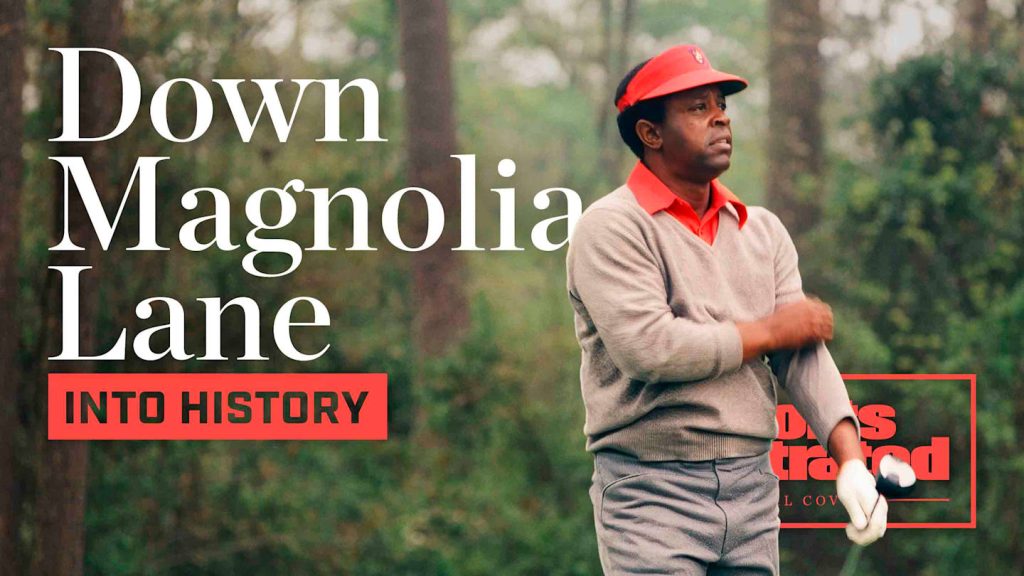Lee Elder’s Historic Masters Journey
On April 8, 1975, Rose Elder held tightly onto her husband’s hands as their red limousine made its way down Magnolia Lane. Their love story began years earlier at a golf tournament in Washington D.C. where Lee Elder, a top player on the all-Black United Golf Association tour, met Rose, an amateur golfer with a handicap of 12. Rose would go on to become not only Lee’s wife but also his travel companion, business manager, and closest confidante. While they didn’t have children, they did share their lives with two poodles, Esa and Birdie. Though Lee wished to name one Bogey, Rose disagreed. As Lee played on southern golf courses that excluded African Americans, Rose walked behind him, often hearing derogatory slurs, and she witnessed firsthand the racial discrimination he faced, such as changing shoes in parking lots due to clubhouse restrictions.
For nearly a year following Lee’s invitation to the 1975 Masters after winning the Monsanto Open in Pensacola, Rose diligently managed his busy schedule, organizing appearances and interviews to highlight his historic achievement as the first African American to participate in golf’s most prestigious tournament. Just a year into their marriage, she had helped him save the required $10,000 to join the PGA Tour in 1968, and she prevented him from sharing his earnings with other Black golfers struggling to make ends meet on the lower circuits.
Exploring Augusta National
Rose was eager to explore the beauty of Augusta National Golf Club, captivated by the vibrant flowers and trees she had seen on televised broadcasts of the tournament. Encouraged by other wives on tour, she looked forward to experiencing the Masters in person, particularly during spring when the azaleas bloomed in full color.
However, the setting of Augusta was layered with a complex history. In June 1852, journalist Dennis Redmond visited Bedford Plantation, an 800-acre orchard near Augusta, where he discovered a bounty of fruits and considered crop diversification as an alternative to the cotton slavery economy. This agricultural beauty evoked a vision of “a beautiful plantation” where cultivation thrived with the aid of both flora and fauna, but it conveniently omitted the presence of enslaved people who were intrinsically tied to that agricultural prosperity.
Preparing for the Masters
As their adventure unfolded, Elder could not help but feel the weight of history. Sitting in the limousine with Rose and his physician, he reflected on his long-cherished goal of participating in the Masters. The event symbolized the zenith of golf, surrounded by traditions and a history that had often excluded him and players like Charlie Sifford. The Magnolia Lane, while serene, reminded Lee of the era’s racial segregation and the sculptures of white supremacy present at Augusta.
As the tournament drew closer, Elder faced various personal struggles. He was experiencing a slump in his golf career and concerned about the safety of his family and friends during the Masters week, even renting two houses to maintain a level of security amidst death threats he had received. Just weeks before, he had played golf alongside President Gerald Ford and received accolades, but as a high school dropout from a poverty-stricken background, he now stood at a crossroads in his life and career.
Historic Expectations
The moment finally arrived on a rainy Thursday morning as Lee stepped onto the first tee, marked by anticipation, not only for his performance but also for the reception from a predominantly white audience. He wore multiple shades of green to symbolize the iconic green jacket awarded at the Masters. Among the crowd were around 100 African Americans donning “Good Luck Lee” buttons, highlighting the significance of his presence at the tournament. As Lee prepared to tee off, a sense of unity and hope resonated among his supporters, demonstrating how far the sport was evolving.



